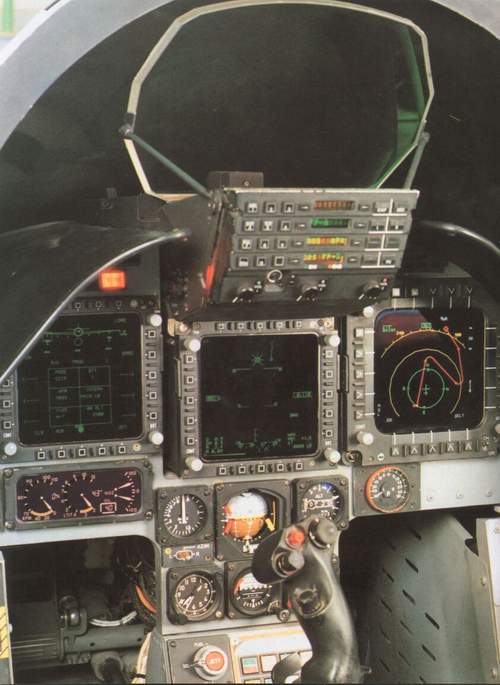Evidently the training does not involve the IRST, it still has its cover.
Nope ... it is a cover that rotates away in operations, unlike the one used by the J-20, which is indeed a true cover.
Evidently the training does not involve the IRST, it still has its cover.
J-10 looks like J-9 than Lavi. The canards particularly.
Yes, but the Jai Hind trolls keep on saying J-20 is a MiG 1.44 copy-cat (because look at Canards!) and J-10 is a Lavi copy-cat (because look at Canards!).... I'm just saying China has J-9 prototype with Canards. China had Canards for decades before Lavi or MiG 1.44. Definitely J-10 is an amalgam of various technologies that China can acquire, including some Lavi technology.J-10 is a Lavi-ised J-9. There is no question that China purchased Israeli expertise in developing J-10. Particularly with FBW but there were plenty of Chinese teams doing FBW and there was FBW test vehicles before Israeli and Russian contractors involved. China takes this approach for reliability and better chances for greater success no to mention faster development and learning opportunities. For example, China had domestic high speed train and rail technologies being developed by academics since the 1990s. Before implementing its first generation of HSR, it sought out German, Japanese, and Canadian expertise in tenders for their actual industrial expertise in those fields. It is to see if there are things it missed, verify its own developments, and adopt better ideas to develop the fundamental technologies and science of the stuff it has missed or deemed worthy of implementing.
The same with aircraft carrier. It could just go ahead and design and build its first own type but it would likely have much more problems. China's method always wants to go with proven options for first step in an effort to prevent waste of funding in total failures or unforeseen problems. With the J-10 I think it's no different but of course it's no Lavi either.
Lavi, J-10, Rafale, J-9 prototype, Gripen, all have close coupled canards. Their canard layouts are the same. J-10 and Lavi have similarities but also plenty of differences. Lavi is a prototype demonstrator. Hardly any of its internals were developed - weapons suite, sensors, completed avionics etc. The J-10 may take some ideas from Lavi as Israeli consultation may have been involved with J-10's development. Well that's for J-10 and J-10A. Even the intake design is exceptionally different. It uses a different engine, cropped delta vs uncropped. The differences are so significant, the engineering behind it would have been entirely new. The hardest thing with developing a fighter is all the electronics and software behind it, not just a 4th gen frame which even back in the 1990s should have been relatively achievable for China. Nowadays with much better computing and wind tunnels, relatively basic aerodynamics (like all the existing fighters out there) is arguably the easiest part. Actually manufacturing everything and assembling it under a certain timeframe and cost is the real engineering challenge. That and all the stuff under the skin which one cannot or does not copy because it would be like copying a Chinese essay for an English exam.
I just noticed striking similarities between the IAI Lavi and J-10 cockpits:
J-10:

Lavi:

View attachment 73987
I'm positive that China received assistance with regards to cockpit lay-out and MFD design.

Not a clone, but I think it's safe to say it was partly "inspired" by the Lavi. And there's no shame in accepting help/copying when one's domestic industries are weak. Everyone has to start somewhere and everyone has done it before. As long as you eventually progress to something greater than that.
